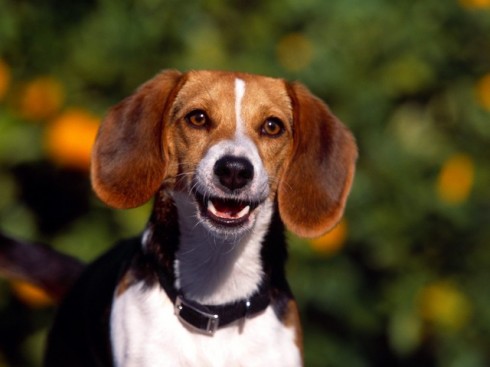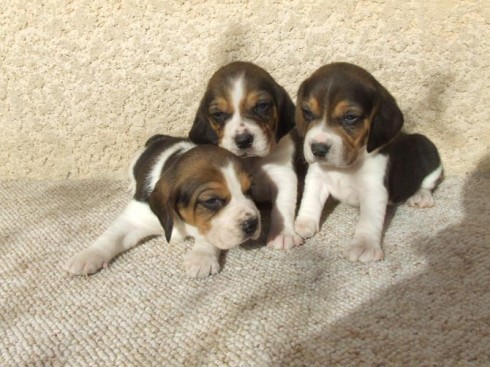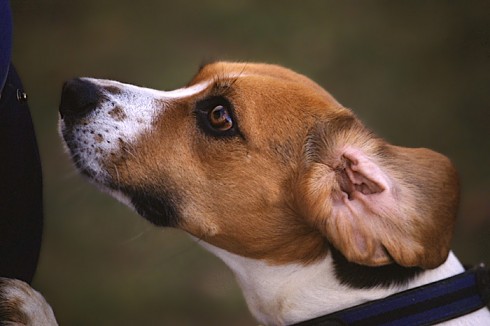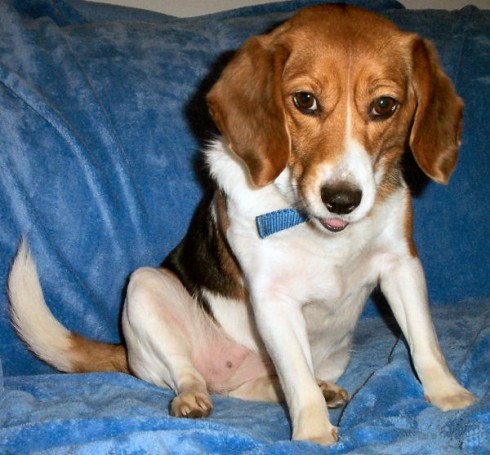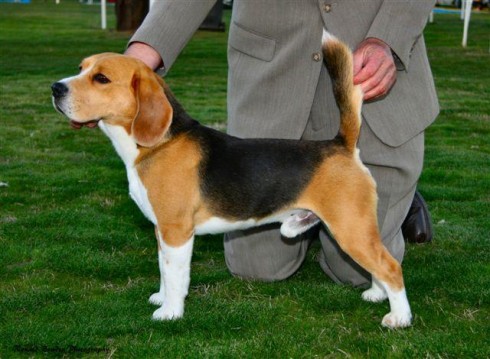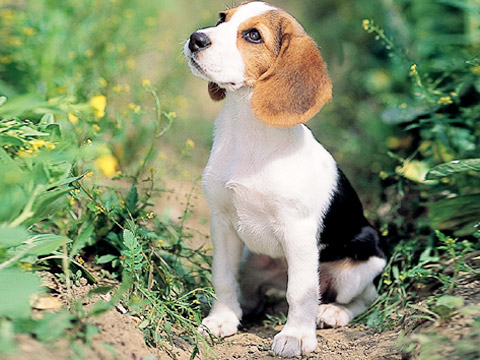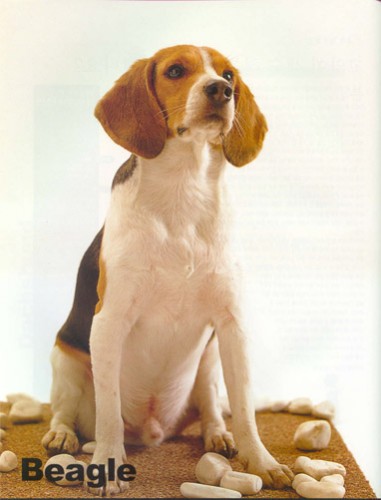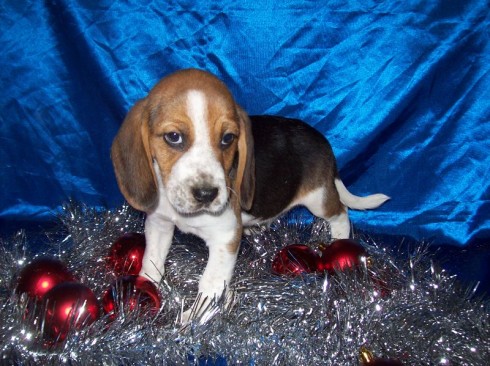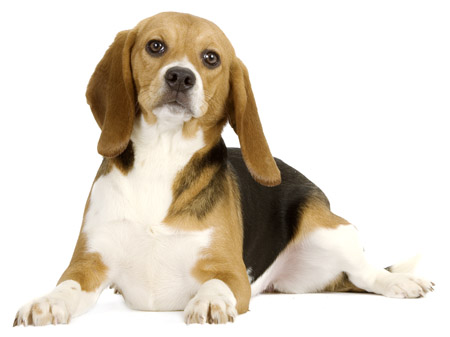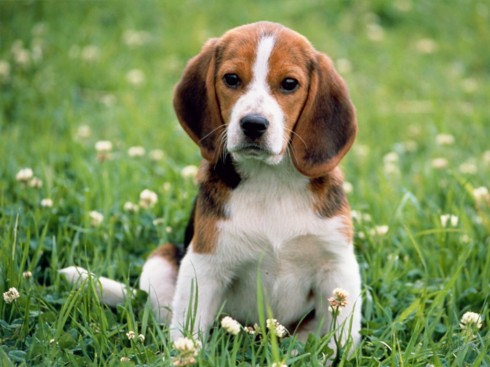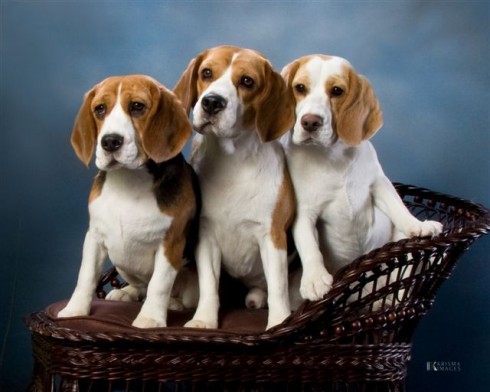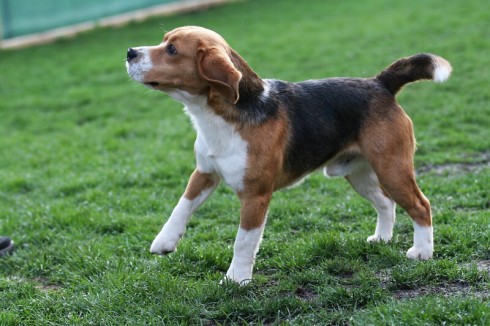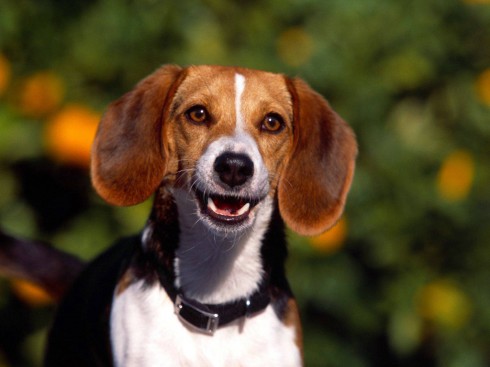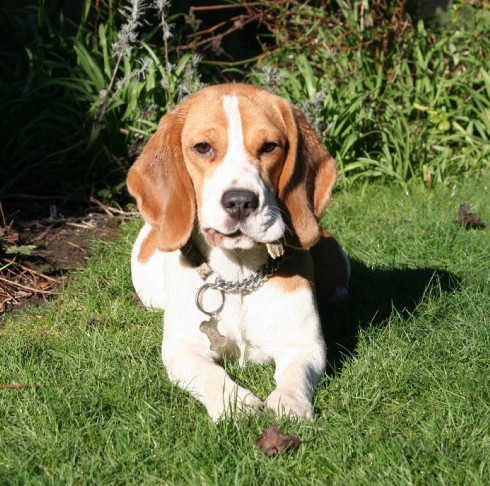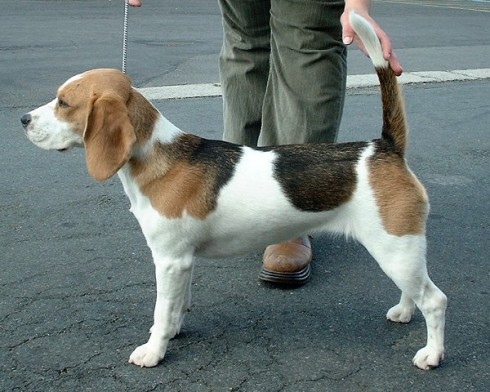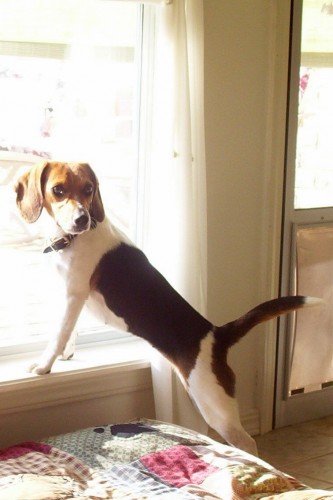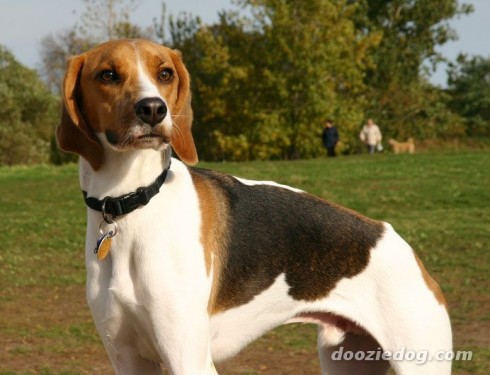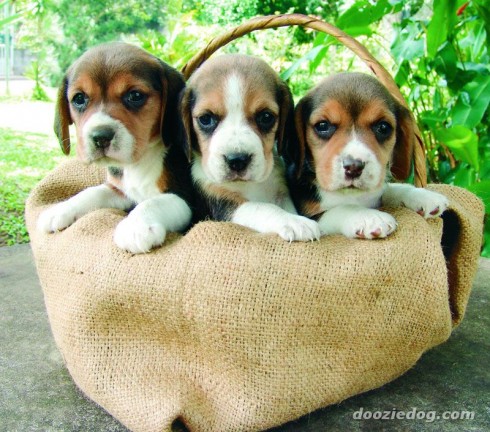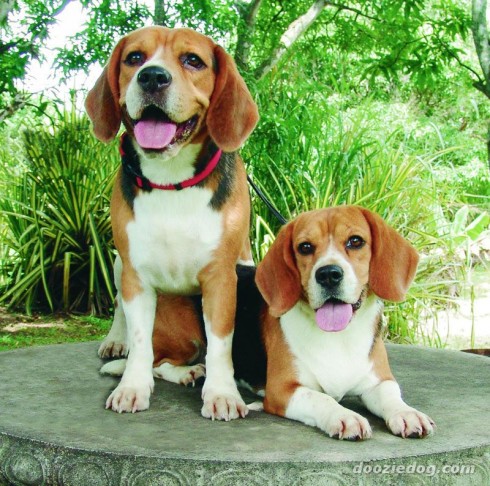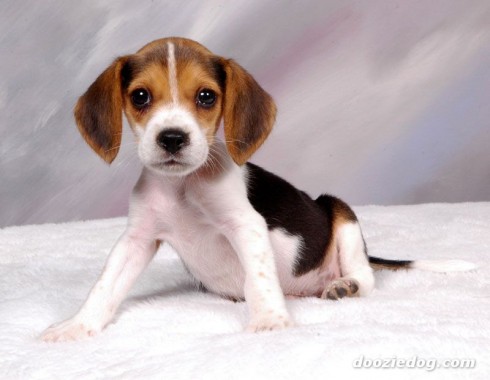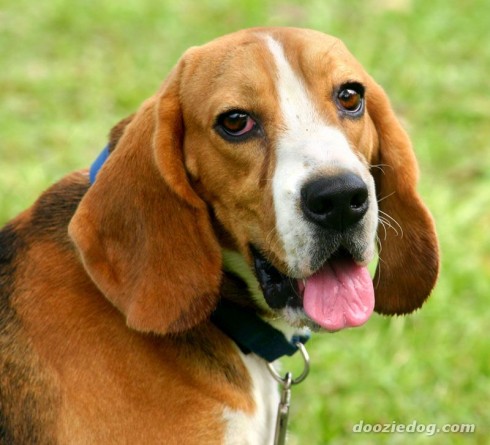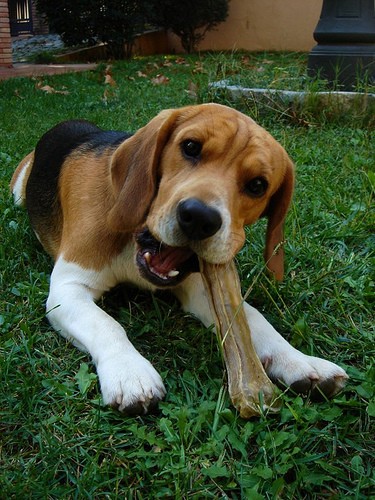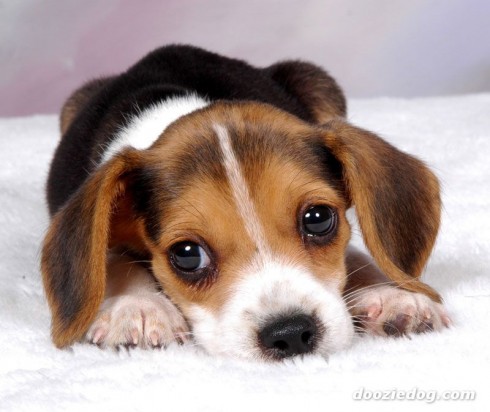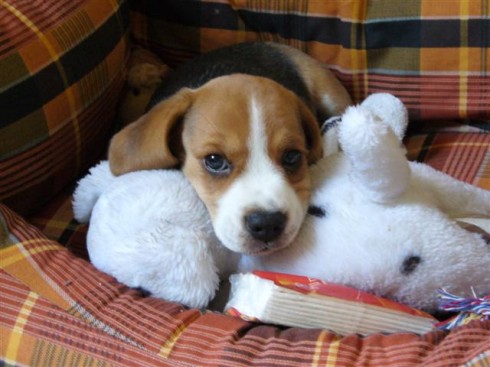Main Index
In Store
Our Web Store
Miniature Schnauzer Picture Gallery
Latest Dog Blogs
- What Are The Basic Commands To Train A Dog?
- PaySafe As The Most Popular Type Of Deposit
- Everything You Need To Know About Pet Sales
- Dogs Contribute To Our Physical And Mental Well Being
- How To Choose Where To Bet On Greyhounds In 2022
- Volunteer With Animals - How To Help Dogs Around The World
- Basic Understanding Of The House Edge
- Why You Should Get A Dog
- Top 20 Popular Dog Names Around The World
- Constipation in Dogs and How to Find Solutions
Beagle
Because Beagles lived in packs for so many hundreds of years, they just naturally like being together with people and other animals. They are gentle, happy companions, as loving as they are lovable. They are also clever, quick, and, most of all curious. They need plenty of active exercise.
Did you know?
Beagles do not drool or have a doggy odor, and shedding is minimal.
So you want to own a Beagle?
The Beagle's coat is short and requires minimal grooming. A regular brushing and bath will help control the shedding process.
No Beagle should be allowed to roam free, as its nose will surely get it into trouble.
Future Beagle owners should be aware that Beagles are known to bark as part of their hunting heritage.
Indicative Breed Standard
General Appearance
A sturdy, compactly built hound, conveying the impression of quality without coarseness.
Characteristics
A merry hound whose essential function is to hunt, primarily hare, by following a scent. Bold, with great activity, stamina and determination.
Alert, intelligent and of even temperament.
Temperament
Amiable and alert, showing no aggression or timidity.
Head and Skull
Fair length, powerful without being coarse, finer in the bitch, free from frown and wrinkle. Skull slightly domed, moderately wide, with slight peak.
Stop well defined and dividing length, between occiput and tip of nose, as equally as possible. Muzzle not snipy, lips reasonably well flewed. Nose broad,
preferably black, but less pigmentation permissible in lighter coloured hounds. Nostrils wide.
Eyes
Dark brown or hazel, fairly large, not deep set or prominent, set well apart with mild, appealing expression.
Ears
Long, with rounded tip, reaching nearly to end of nose when drawn out. Set on low, fine in texture and hanging gracefully close to cheeks.
Mouth
The jaws should be strong, with a perfect, regular and complete scissor bite, i.e. upper teeth closely overlapping lower teeth and set square to the jaws.
Neck
Sufficiently long to enable hound to come down easily to scent, slightly arched and showing little dewlap.
Forequarters
Shoulders well laid back, not loaded. Forelegs straight and upright well under the hound, good substance, and round in bone, not tapering off to feet. Pasterns short. Elbows firm, turning neither in nor out. Height to elbow about half height at withers.
Body
Topline straight and level. Chest let down to below elbow. Ribs well sprung and extending well back. Short in the couplings but well balanced. Loins powerful and supple, without excessive tuck-up.
Hindquarters
Muscular thighs. Stifles well bent. Hocks firm, well let down and parallel to each other.
Feet
Tight and firm. Well knuckled up and strongly padded. Not hare-footed. Nails short.
Tail
Sturdy, moderately long. Set on high, carried gaily but not curled over back or inclined forward from root. Well covered with hair, especially on underside.
Gait/Movement
Back level, firm with no indication of roll. Stride free, long-reaching in front and straight without high action; hindlegs showing drive. Should not move close behind nor paddle nor plait in front.
Coat
Short, dense and weatherproof.
Colour
Any recognised hound colour other than liver. Tip of stern white.
Size
Desirable minimum height at withers: 33 cms (13 ins).
Desirable maximum height at withers: 40 cms (16 ins).
About Our Article Directory
- Article
- 27 November 2010
- 2 comments
Ten Least Intelligent Breeds of Dog
- Article
- 20 November 2010
- 1 comment
Canis lupus familiaris
- Breed Article
- 29 May 2010
- No comments
The Top Ten Best Dog Breeds For You And Your Children
- Article
- 14 February 2010
- No comments
Immune Mediated Hemolytic Aneamia (IMHA)
- Article
- 31 January 2010
- No comments
Quick Search
Donate
Latest Dog Pods
- Tips on How to Stop Your Dog from Biting
- Beware - Not All Advertised Dog Rescues Really Are! How Can You Know The Truth?
- Helpful Tips For Dog Obedience Problems
- How to Keep Dogs From Eating Poop
- Dog Grooming Tips - A General Overview of the Very Basics of Dog Grooming
- Recognising Different Types of Dog Obedience Problems
- 5 Important Tips On Feeding A Puppy


